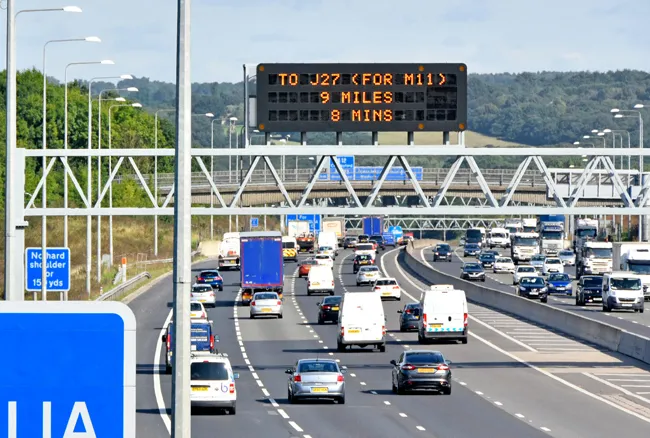
The award was given to
The contract is worth in excess of US$5.3 million and was secured via a competitive tendering process, said Robert Conlon, transport business development manager at Telent.
Prior to the Essex contract, Telent secured a seven-year $590 million NRTS contract for all operational telecommunications services for Highways England, the national agency responsible for major roads. Telent is managing more than 30,000 roadside assets including message signs and cameras through the agency’s NRT Centre. The centre connects seven regional control centres as well as the national traffic operations centre.
Tony Malone, Highways England chief information officer, said at the time of the award that assets include around 3,330 CCTV cameras, 3,775 message signs, 229 weather stations and 7,155 SOS telephones. The aim is to enable Highways England to transform its network and deliver the next generation of telecommunications services to meet the needs of the business and support development of future technologies such as 5G.









